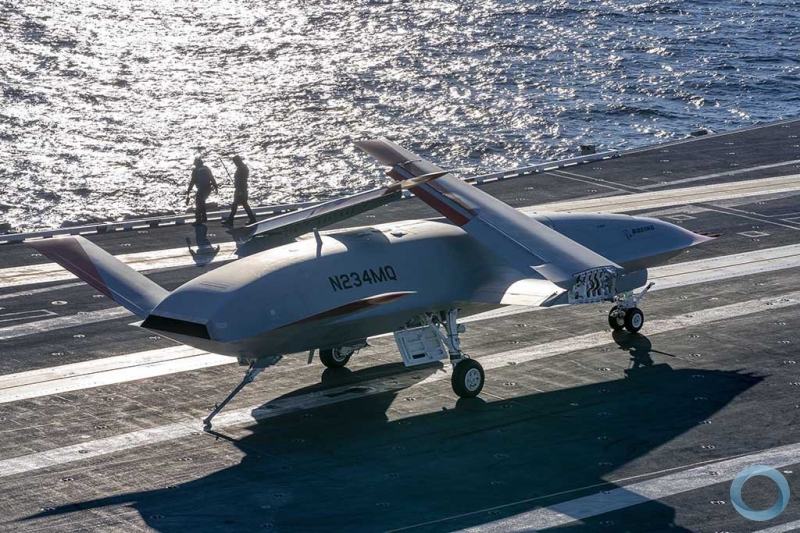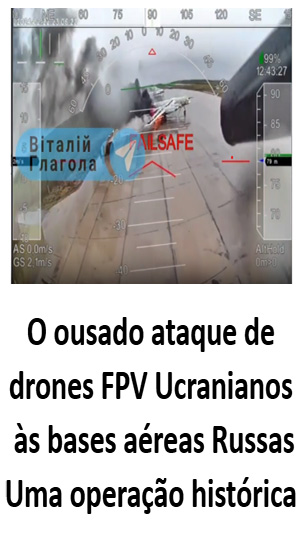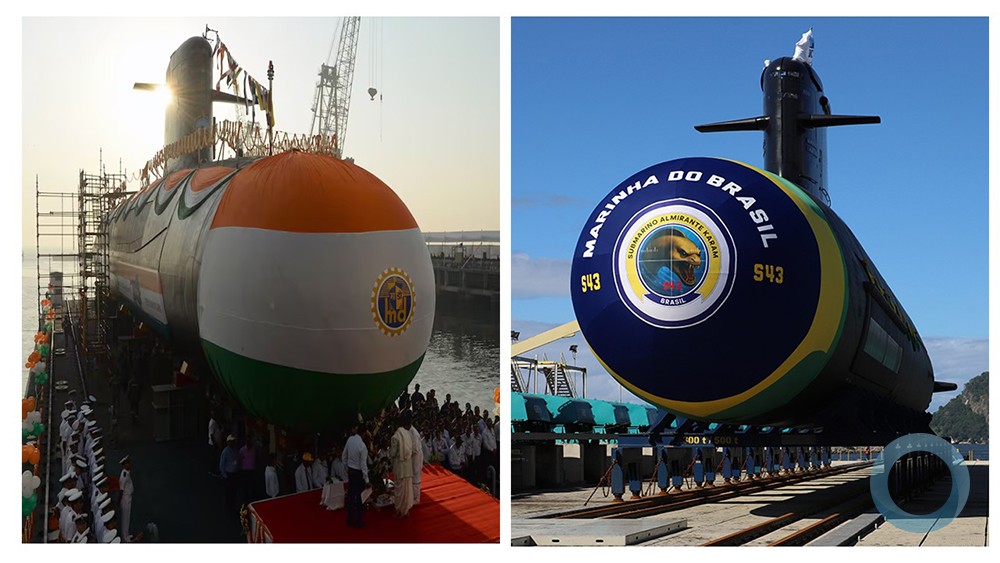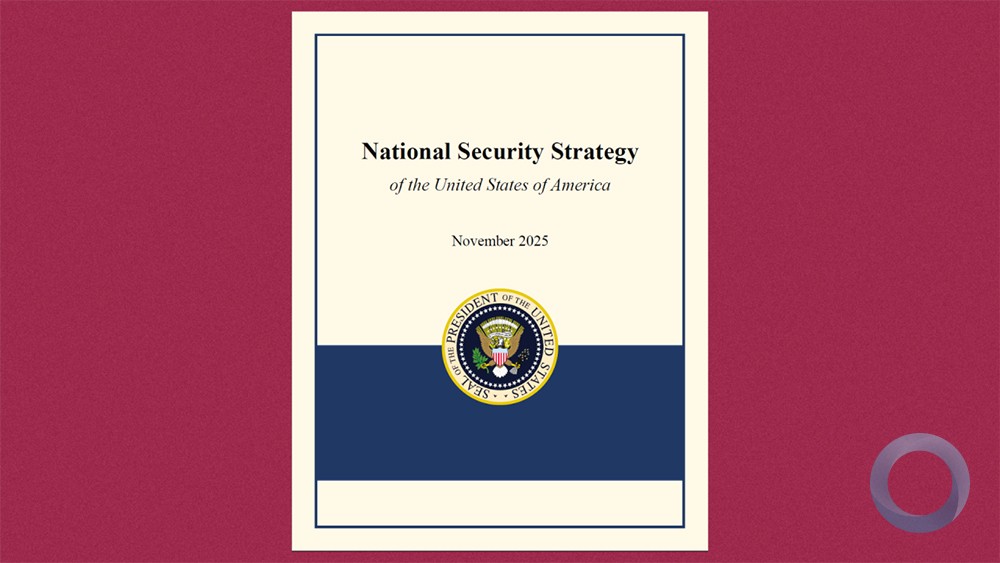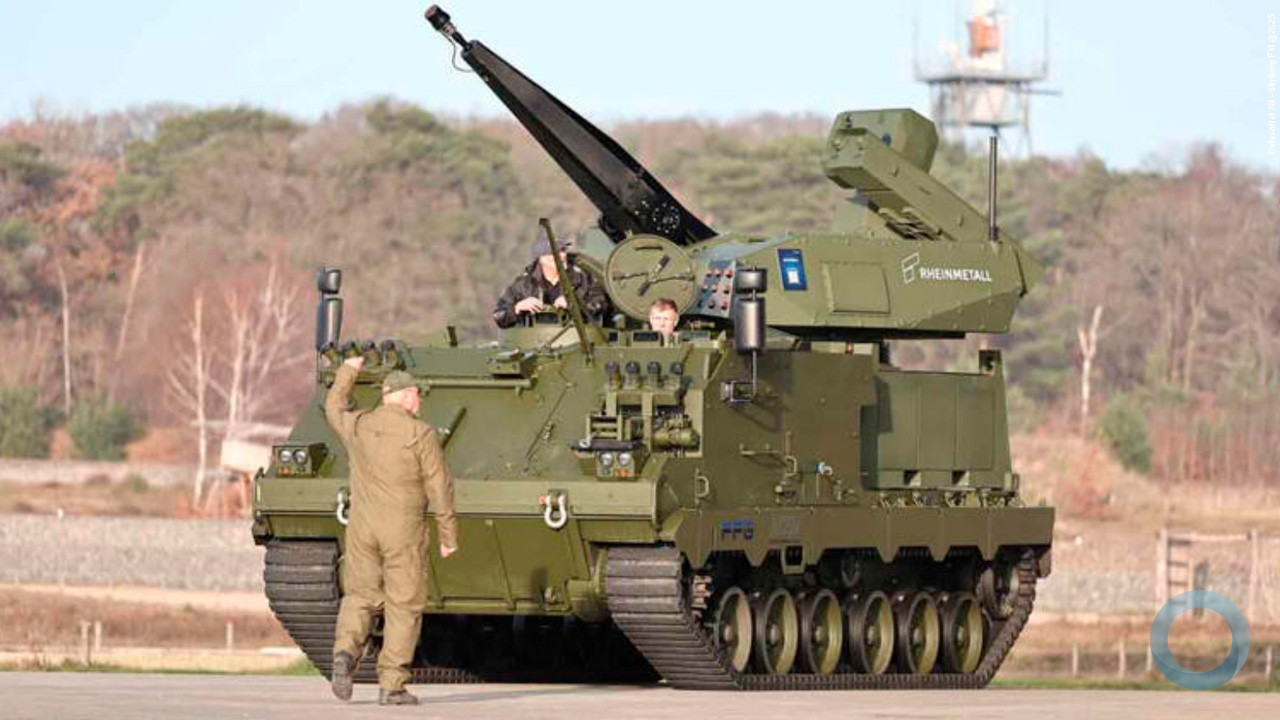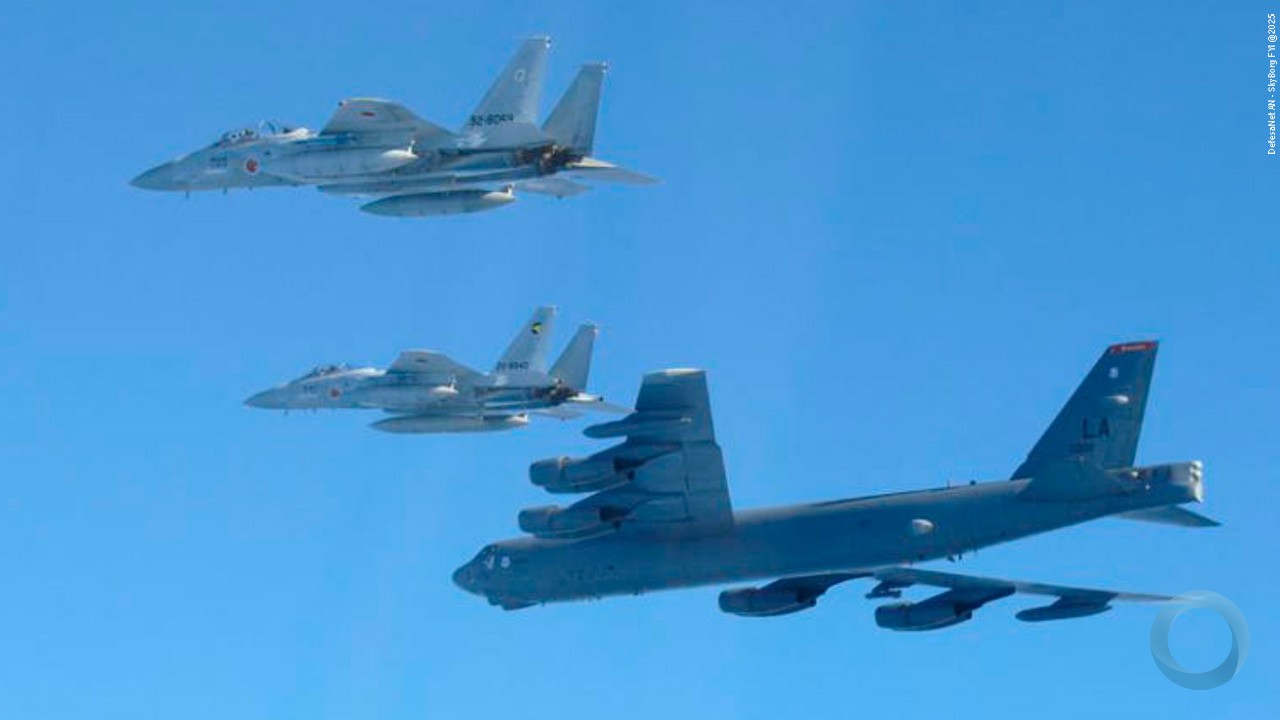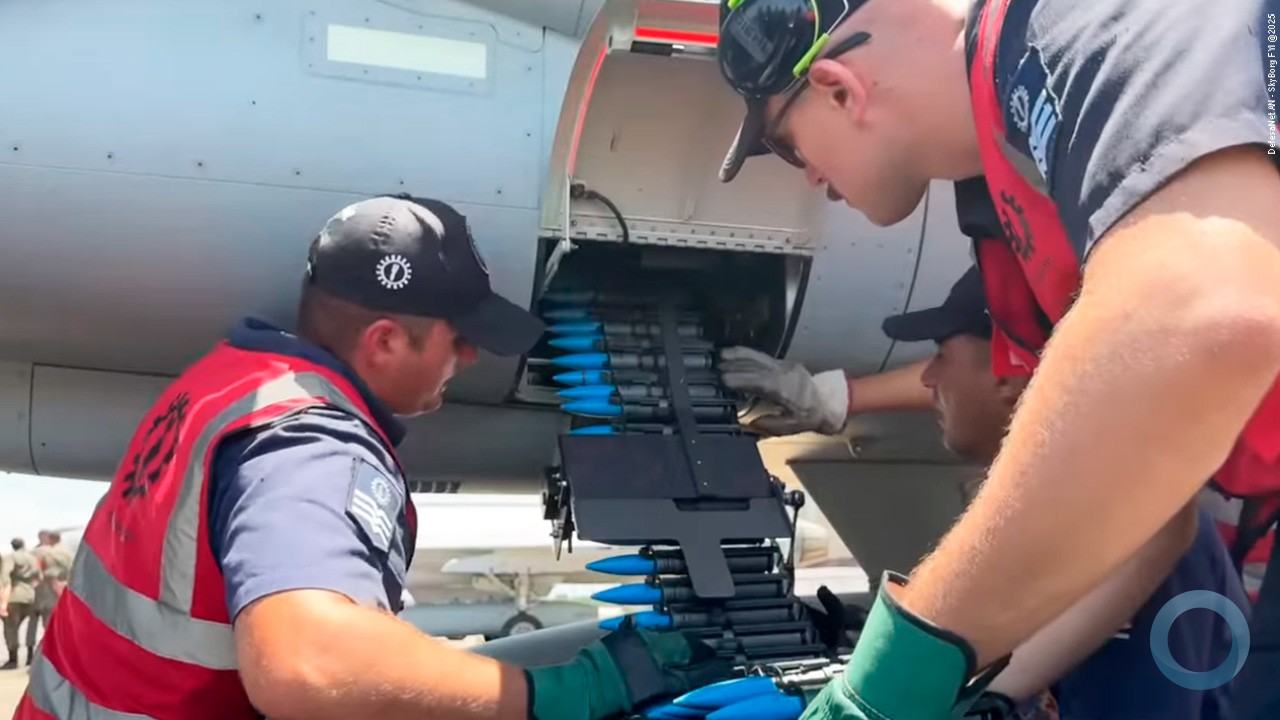The Brazilian Space Agency (AEB), an government agency linked to the Ministry of Science, Technology, Innovations and Communications (MCTIC), with the purpose of promoting the development of space activities of national interest, launches a public call to identify companies, national and international, that are interested in carrying out orbital and suborbital launch operations, using the Alcantara Space Center (CEA), in Maranhão State.
The CEA consists of a set of infrastructure and services used to launch non-military space vehicles in the national territory, providing the necessary infrastructure to support the specific activities of launch companies.
With this call, Brazil begins non-military space activities becoming the window of access to space in the southern hemisphere.
This edict aims to identify companies, national or foreign, that are interested in carrying out suborbital and orbital launch operations using the Alcantara Space Center (CEA), as well as providing information on the contractual process, including licensing processes and authorization for space launch.

Specifically with respect to the Alcantara Space Center (CEA), the Aeronautical Command is responsible for its management. Thus, in Cooperation Agreement No. 01/2020, signed between the Air Force Command and AEB, the Agency was delegated the competence to carry out initial negotiations with companies, national or foreign, interested in using the goods and services for the launch of non-military space vehicles employing CEA.
The CEA consists of the set of goods and services used to launch non-military space vehicles in the national territory, providing the necessary infrastructure to support the specific activities of launch companies. This condition is necessary to enable the Brazilian insertion in the international and regional market in the space area.
In comparative terms, the Alcantara Space Center has unique characteristics such as the privileged location of the available sites, approximately 2º18 ‘south of the equator; proximity to the sea, which makes it possible to launch into polar and equatorial orbits; low population density; absence of earthquakes and hurricanes; low density of air traffic; and ideal location for responsive launches, among others.








